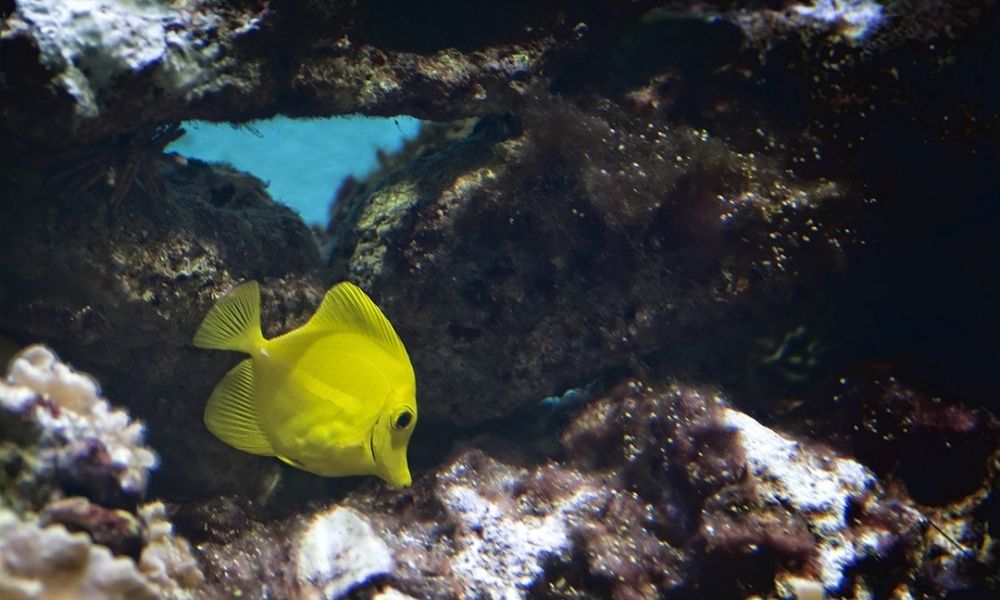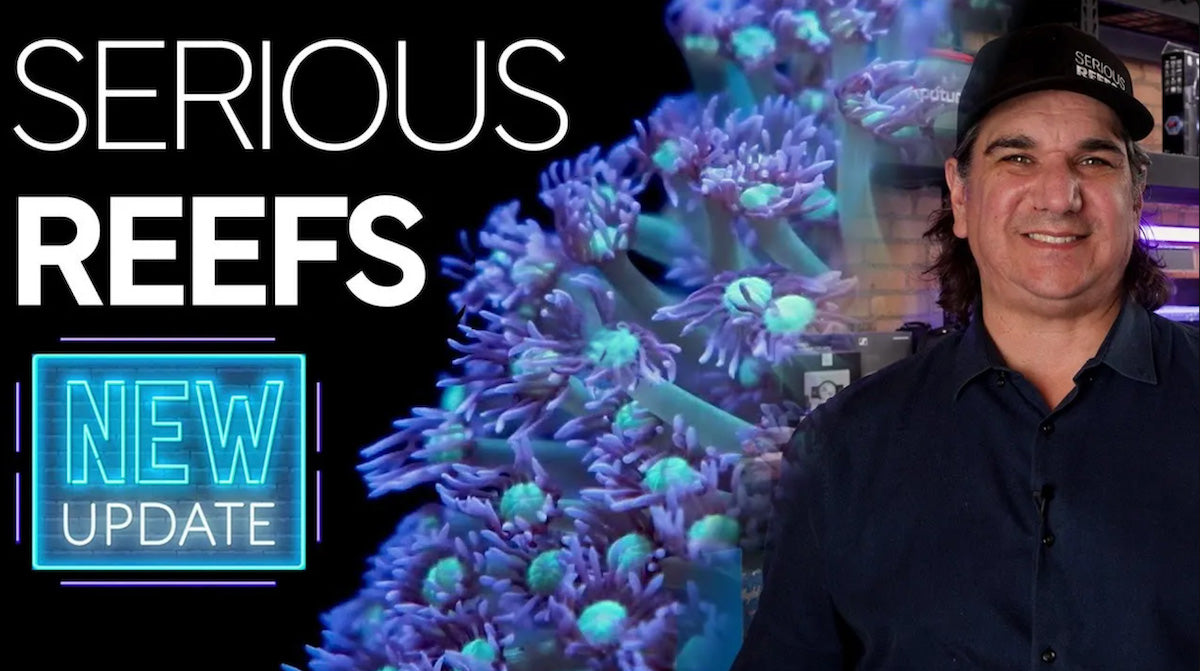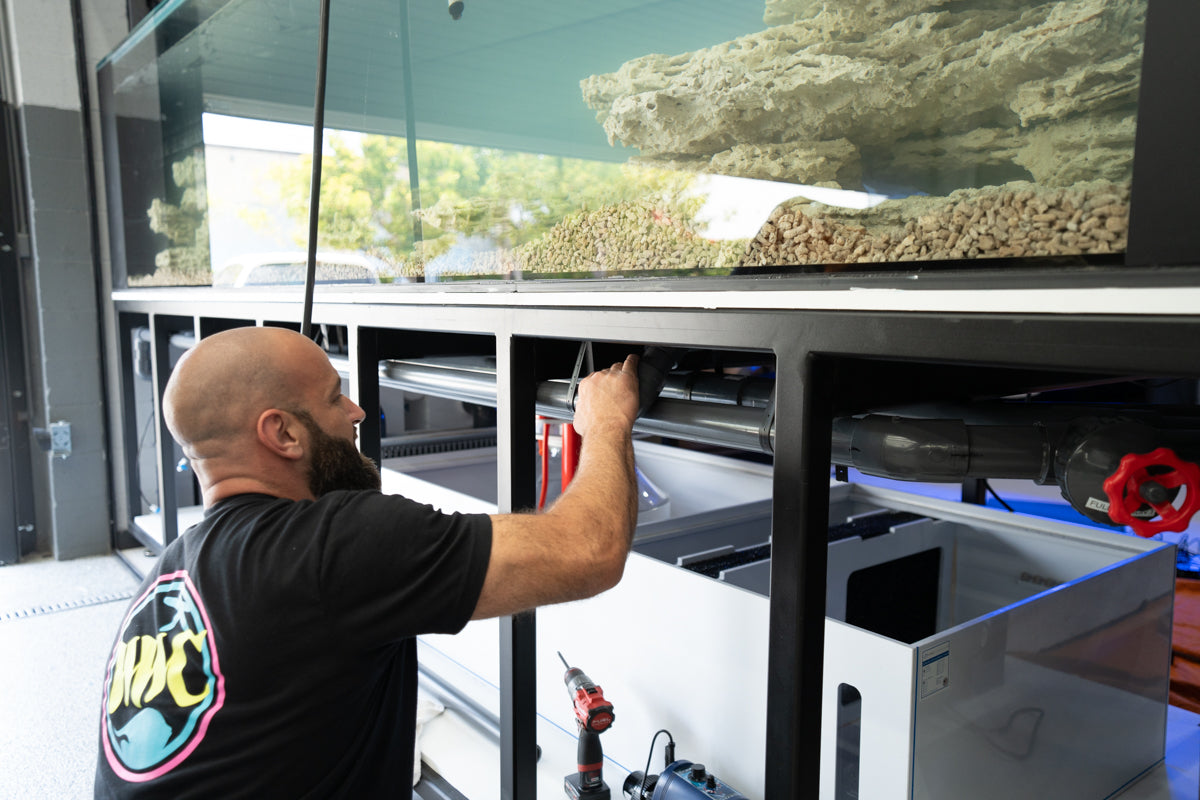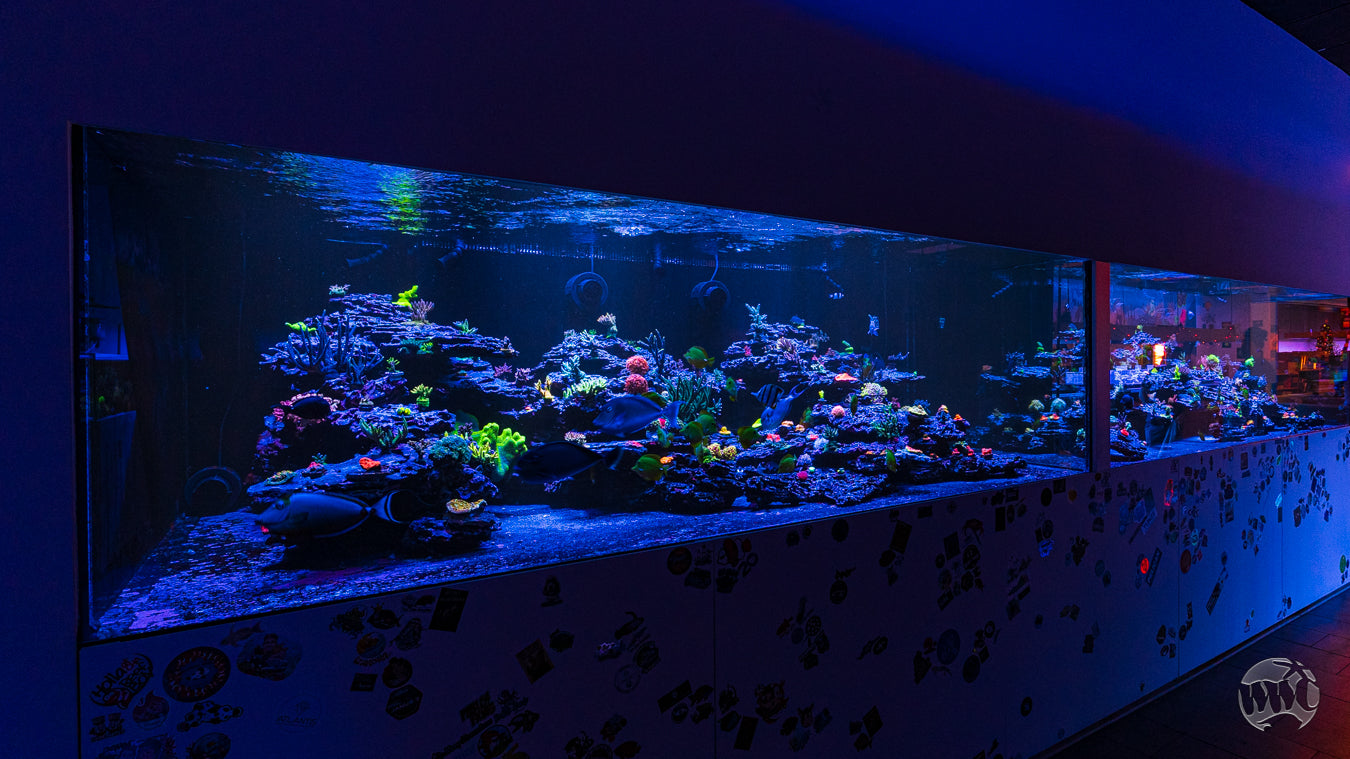When setting up your own aquarium at home, you must understand that things can go wrong with little notice. Since saltwater tanks require specific conditions to sustain marine life, water levels can easily decrease. This can result in a multitude of consequences, from your fish getting sick to your specimens dying off entirely. But when these changes occur suddenly, it can be difficult to respond before they throw your ecosystem out of balance. Read on to learn what an aquarium tank crash is and how to avoid it in your build.
What Is a Tank Crash?
An aquarium tank crash is any instance where a major problem occurs at a rapid pace within your aquarium’s ecosystem. Effects show in as little as a few days, and often, most of your tank’s inhabitants will die in the process. Unfortunately, by this point, it’s typically too late to stop the lasting effect on your aquarium. However, you can still learn from these instances and prevent them the next time you attempt a build.
The Types of Tank Crashes
Now that you know what aquarium tank crashes are, it’s time to get into their cause. Tank crashes can occur for a variety of different reasons, but they primarily have to do with the chemical concentration of your tank’s water. When these substances are out of the healthy range, they begin to affect how your specimens obtain nutrients. This is what ultimately causes your specimens to become sick. Toxins can overrun your tank due to human error or contamination from other fish. But the most common reason for tank crashes is an inconsistent tank maintenance schedule.
How To Protect Your Aquarium
Fortunately, there are several ways that you can prevent tank crashes from happening. The first is to frequently maintain your aquarium. This means performing partial water changes every week along with regular cleanings. These actions help control the toxins in your tank’s water by replacing contaminated molecules with fresh ones.
You can also stock your new aquarium with more hardy organisms. Some fish, corals, and invertebrates are more resistant to water changes than others. Because of this, they’re more likely to stay alive through some of your aquarium’s rougher patches.
Making a habit of checking your tank’s water levels every day is another thing you can do. The more often you check these readings, the less likely you are to experience a surprise change. So, addressing these fluctuations early on will be the key to correcting them and saving your tank.
If you’re in need of hardy corals to keep your tank thriving, talk to World Wide Corals. We raise a multitude of different specimens for your tank—from rare LPS coral to the zoanthid species. This way, we can accommodate both beginner and experienced hobbyists alike. Visit our website to learn more about our selection and what makes us different from other coral sellers out there.




